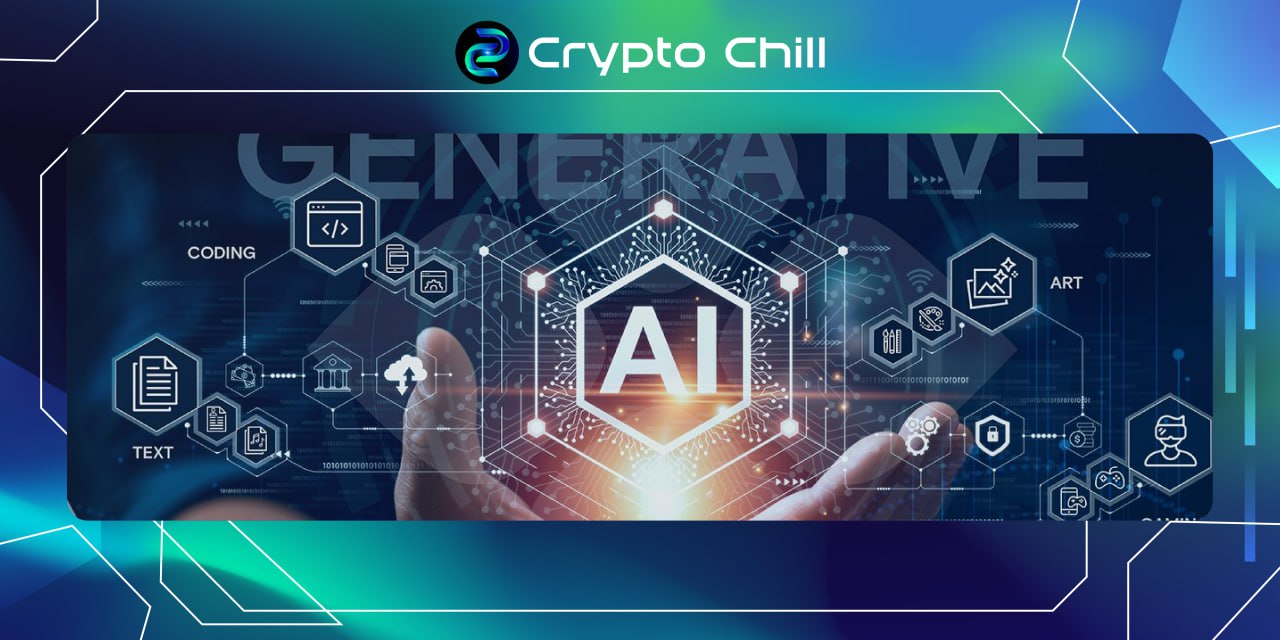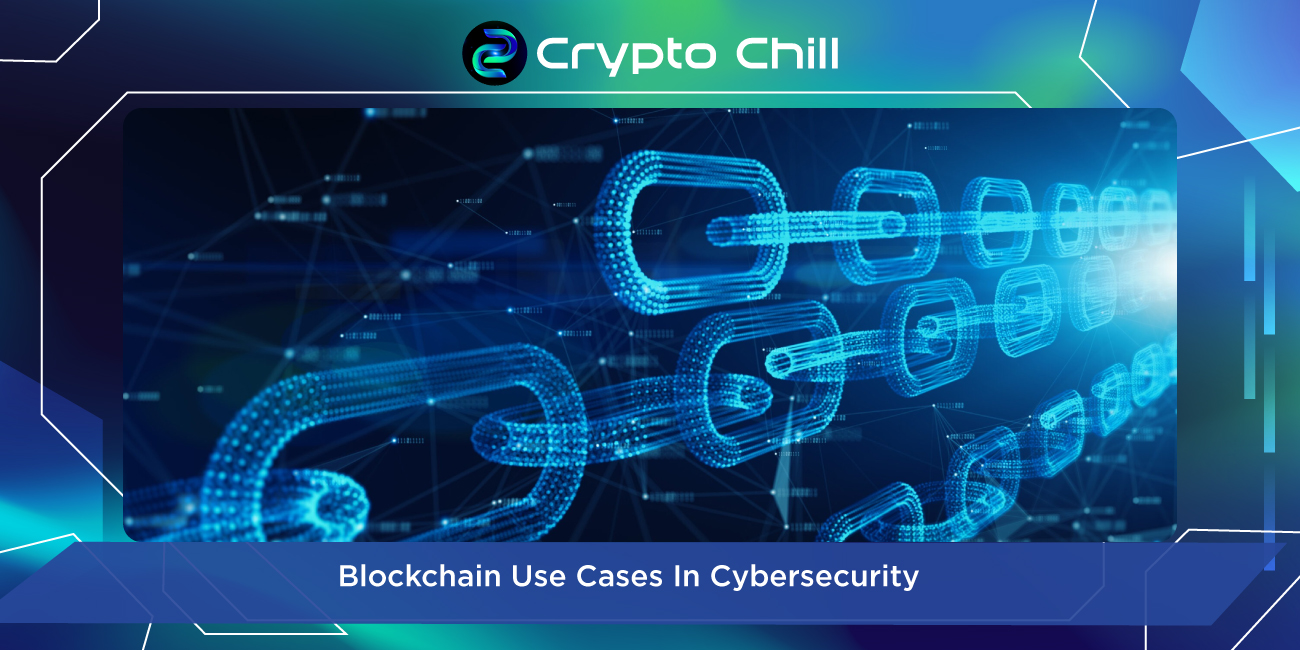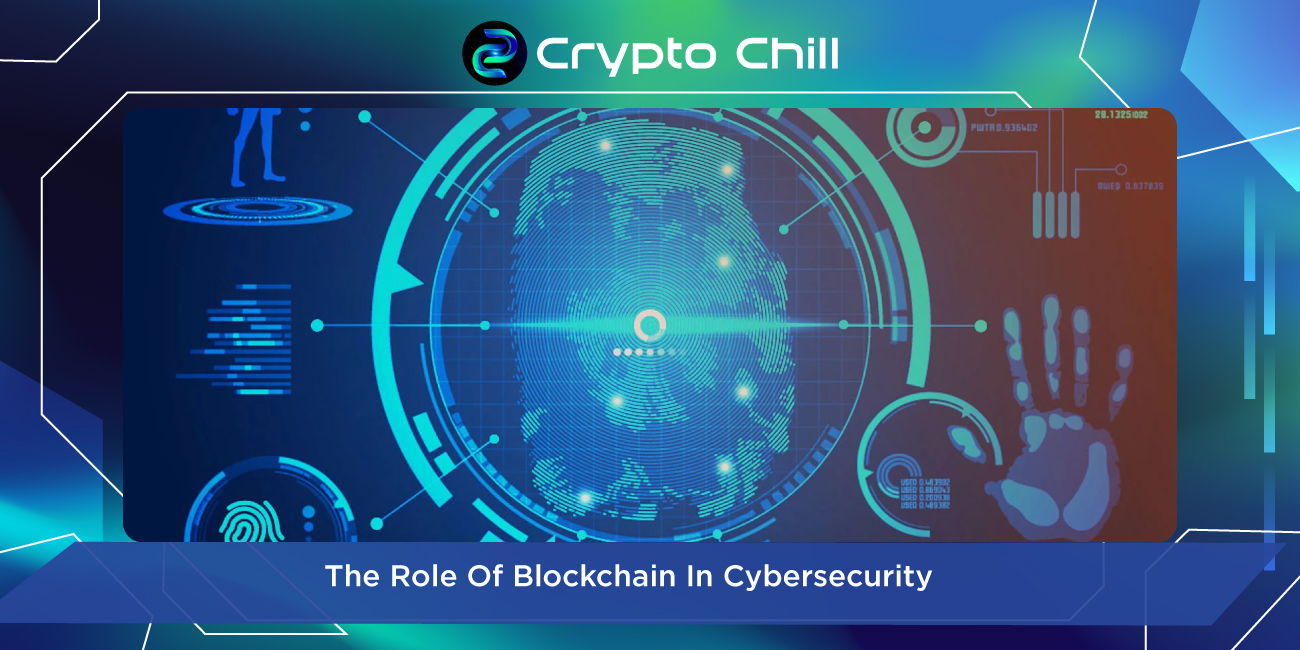As the realm of artificial intelligence continues to evolve, the intersection of AI and cybersecurity beckons both immense promise and new challenges. In an era where technology-driven advancements are reshaping industries, the cybersecurity landscape is facing a profound transformation. In this analysis, we’ll delve into the world of generative AI and its intricate relationship with the realm of cybersecurity.

Generative AI: Black Hat 2023’s Insights
At the heart of this dynamic dialogue, the recent Black Hat 2023 conference took center stage. During her keynote address, Maria Markstedter, CEO and founder of Azeria Labs, illuminated the path forward for generative AI, offering insights into the skills that will shape the security community’s future. With the rapid proliferation of generative AI and its potential to predict complex patterns, both Markstedter and Jeff Moss, founder of Black Hat, reflected on this transformation through a lens of cautious optimism.
Read also: AI-Powered Smart Contract Audits
Generative AI’s Paradigm Shift
Moss highlighted that generative AI’s essence is rooted in prediction. This shift is pushing industries to reframe their challenges as prediction problems, effectively harnessing AI’s prowess. Moreover, he hinted at a future where authentic data could become a sought-after commodity, fueling a new kind of digital economy.
Unlike previous technological shifts, where governments lagged behind, the rapid rise of generative AI has prompted regulatory action. Governments are proactively seeking to establish structured rules for artificial intelligence, paving the way for industry collaboration in shaping these regulations. The emergence of projects like the U.S. AI Bill of Rights underscores this proactive stance.
Security in the Age of Generative AI: An Industry Evolution
The burgeoning potential of generative AI has led to both excitement and security concerns. Massive players in this technological race, including industry giant Microsoft, are propelling the generative AI movement forward at breakneck speed. Markstedter likened this momentum to the iPhone’s early days, where security measures lagged, and hackers prompted a wave of security enhancements.
The influx of generative AI has brought novel security vulnerabilities. A cat-and-mouse game emerged when companies initially barred employees from using artificial intelligence-powered chatbots due to data security fears. However, these concerns didn’t deter businesses and enterprise software vendors from embracing generative AI, necessitating a balance between rapid development and robust security protocols.
One unique challenge stems from generative AI’s ability to interpret various data modalities simultaneously. This multimodal capability enables artificial intelligence to analyze text, audio, and video content concurrently. However, this very autonomy heightens security risks, as AI’s growing independence could inadvertently lead to risks.
As the artificial intelligence landscape evolves, safeguarding model data becomes paramount. The notion of model alignment, where AI adheres to intended objectives, emerges as a potential solution. However, attacks that target modal alignment present new hurdles, underscoring the urgency of establishing effective protective measures.
Conclusion
In this intricate dance between generative AI and cybersecurity, the path forward involves a delicate balance. The AI-driven future holds immense potential, but it also demands rigorous security measures and a dynamic approach to stay one step ahead of emerging threats. Stay tuned for Part 2 of this exploration, where we delve into the question: “Will Artificial Intelligence replace security professionals?“
Disclaimer: The information in this article is not investment advice from CryptoChill. Overall, cryptocurrencies always carry many financial risks. Therefore, do your own research before making any investment decisions based on this website’s information.











No Comment! Be the first one.